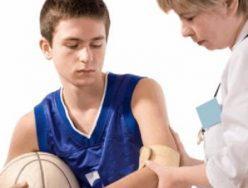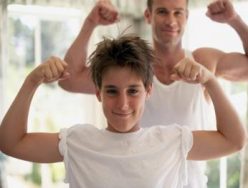Brain Breaks
Brain Breaks are activities for those who work with children. They last five to ten minutes and help students focus on academic material. Typically, Brain Breaks are used by teachers who work with children ranging from preschool through college, but other people can use them too. Experts agree that they should be used every 25 minutes or so, or at certain breaks in an academic day. Short movement activities in the instructional day not only allow students to get their “wiggles” out, but energize them and increase their ability to focus on the next learning activity. As our world becomes busier, many parents are not able to take their children outside for supervised physical activity. Experts agree that Brain Breaks get their minds focused and their blood pumping.





















